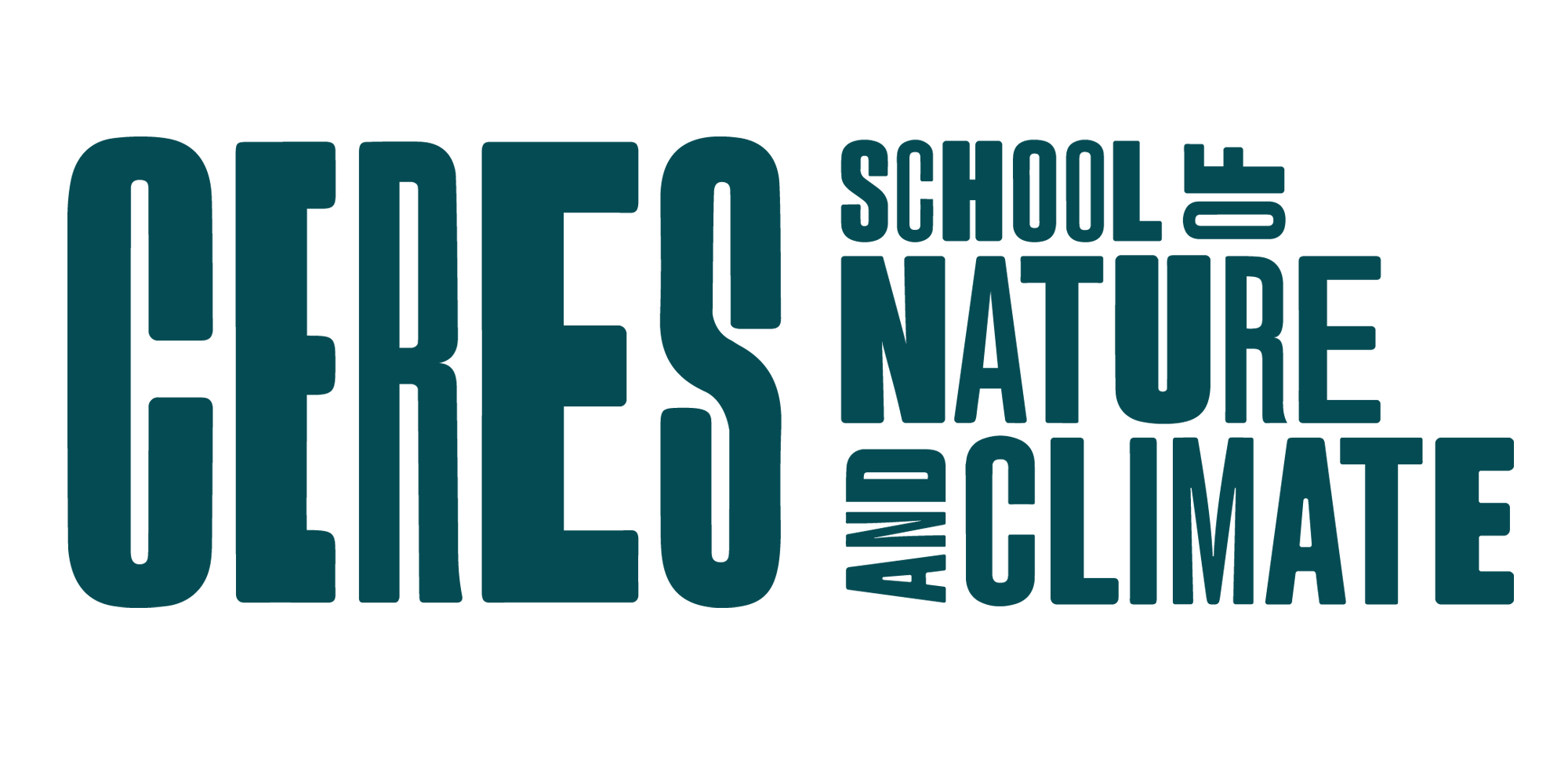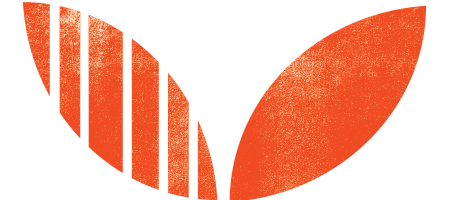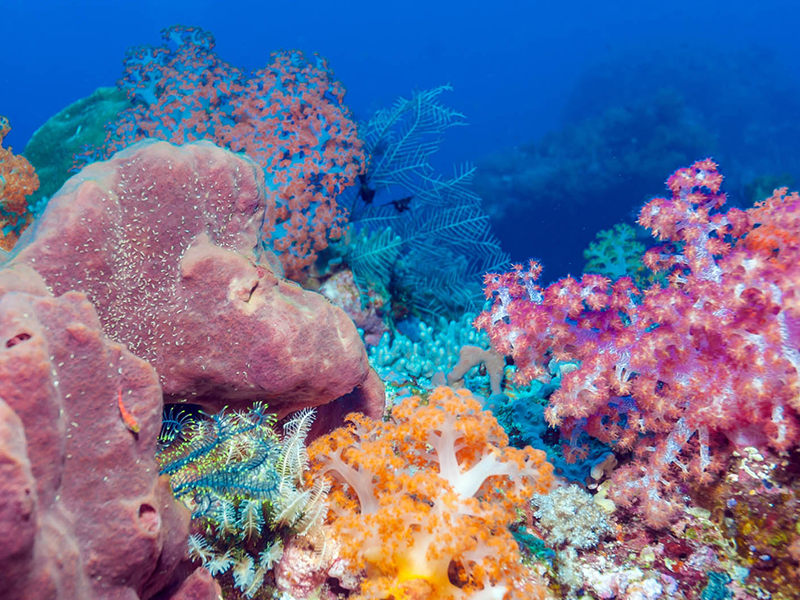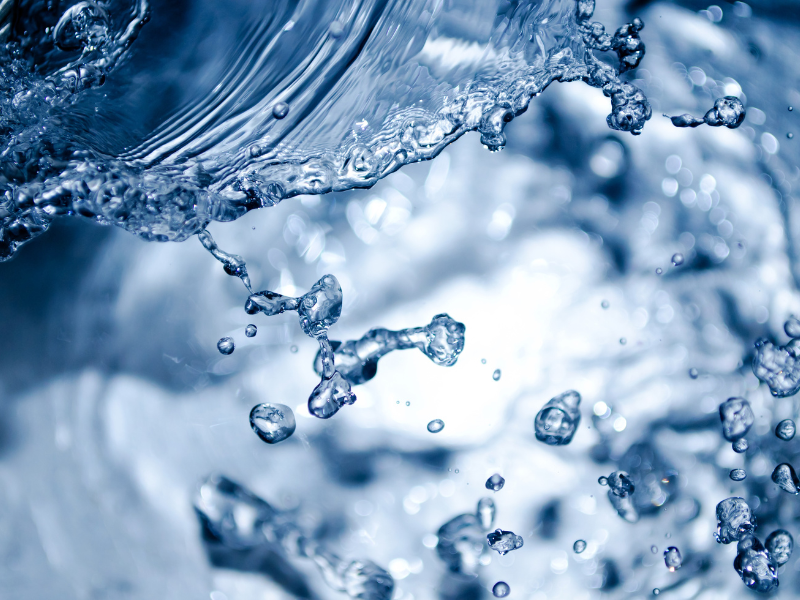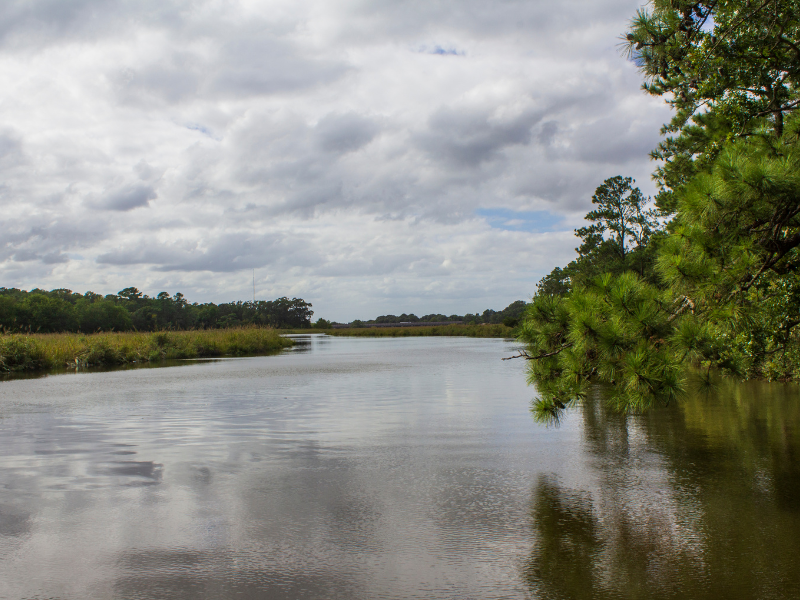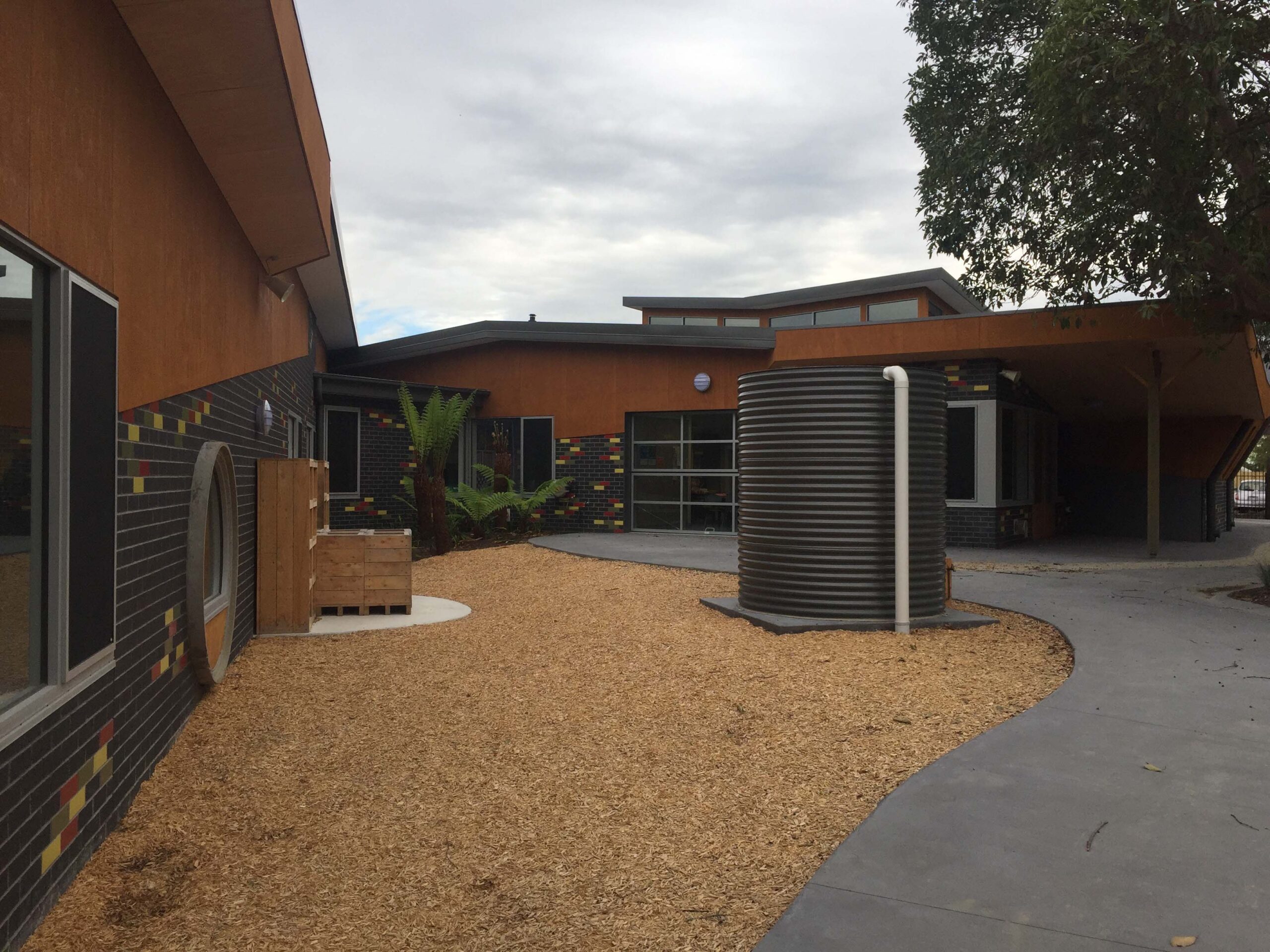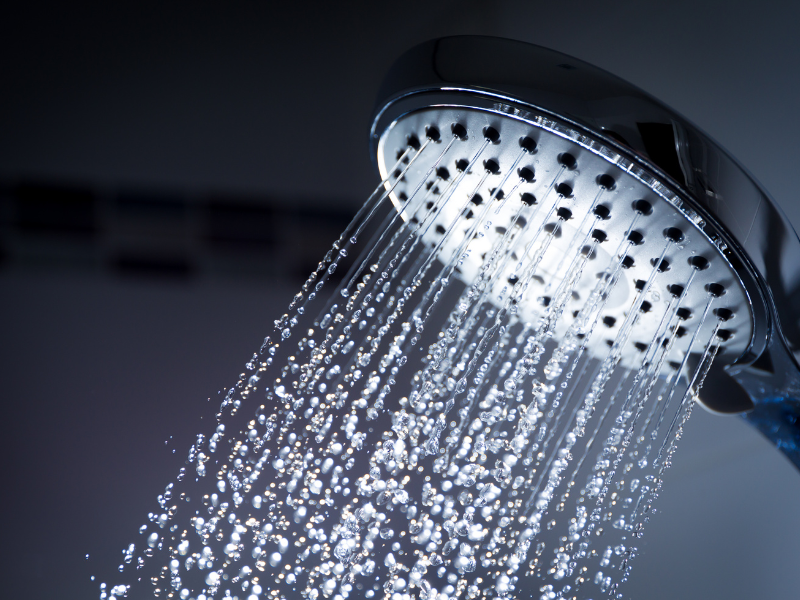Great Barrier Reef Curriculum Activity
Suitable for Primary (Years 5-6)
Victorian Curriculum Links
Geography
Years 5-6: (VCGGK096)
Science
Years 5-6: (VCSSU075)
Activity Description
Students will learn about one of the threats to the ongoing health and survival of the Great Barrier reef – decreasing water quality. They will review information from various sources and interpret catchment data from a map.
Students will investigate the potential impact to water quality of the reef of the proposed Adani coal mine development and develop an article or campaign showing their understanding of the issue.
Key Concepts
Water Footprint, Water Use, Water Conservation
Key Learning Intentions
1. Students will be able to interpret information from several sources: video, map and newspaper articles
2. Students will research a proposed development and its potential impact on water quality and write an article or campaign about this development
Suggestions for Assessment
Formative
1. Participation in the activities: understanding the video content and interpreting map data
2. Completion of Discussion questions above
3. Development of an article or campaign
Instructions
1. Tune in
Watch the video Threats to the Reef (land-based run-off). Invite students to note down any new vocabulary. After the clip, discuss these words and create a vocab wall. As a class, discuss the current water quality of the Great Barrier Reef and the factors that are influencing it. What are some actions the video suggests as solutions?
2. Interpret data
Review the map of The Barrier Reef catchment here. What is the main activity in the water catchment? How is this linked to water quality?
3. Grazing
The grazing lands that surround the reef are a key source of increased sediment and nutrient concentrations. This sediment can reduce sunlight available to sea grasses and corals and can smother coral growth. Overtime, unsustainable grazing practices reduce pasture and ground cover, which increases the risk of valuable top-soil being lost and drained away into the reef. The resulting decline in water quality for the reef increases the risk of serious long-term effects on its health.
To help students understand run-off from grazing and its impacts, you can watch this short clip.
4. Discussion
Explain how the water catchments of the Great Barrier Reef are impacting on the water quality and environment. List the different factors that are contributing to reduced water quality. How might run-off from our schools and homes affect our waterways and beaches here in Melbourne?
5. Take Action
Students could work on one of the following projects to take positive action to protect either the Great Barrier Reef or a local waterway
a) Write an article in the school newsletter outlining the issue and solutions
b) Produce a poster of things that affect water quality in the Great Barrier Reef
c) Develop a campaign that outlines all the reasons why we should protect the Great Barrier Reef
Suggested ResourceSmart Schools Module Links
Undertaking the activity as described above links to the ResourceSmart Schools WaterModule – actions B1.1, B1.2, B1.3
Below is a list of extension activities that link to additional actions of the Water module:
- Conduct a water audit at your school to identify ways that water is used and any possible water saving strategies and recommendations (Resourcesmart Schools Water Module – actions A1.1, B1.4, B1.8, C2.1)
- Implement a water saving strategy at your home for one week. Document the process and report your challenges and successes to the class (ResourceSmart Schools Water Module – action B1.3)
- Create interpretive signage about water conservation and display them around the school to raise awareness and to encourage water savings (ResourceSmart Schools Water Module – action A2.5)
- Design and create a water efficient school garden that includes local, drought tolerant plants to suit the local environment and climatic conditions. Talk to a local plant expert or friends group for advice on appropriate plants (ResourceSmart Schools Water Module – actions A4.2, B1.3, B1.6, B1.8)
- Invite a local indigenous group(s) to share their traditional perspectives on the uses and value of water (ResourceSmart Schools Water Module – actions B1.5, B1.6)
- Create an education brochure or pamphlet educating people about water conservation in the home. Distribute these in the school e-newsletter (ResourceSmart Schools Water Module – actions C1.1,C3.5)
Speak to your CERES ResourceSmart Schools Facilitator about further links to the Water Module.

